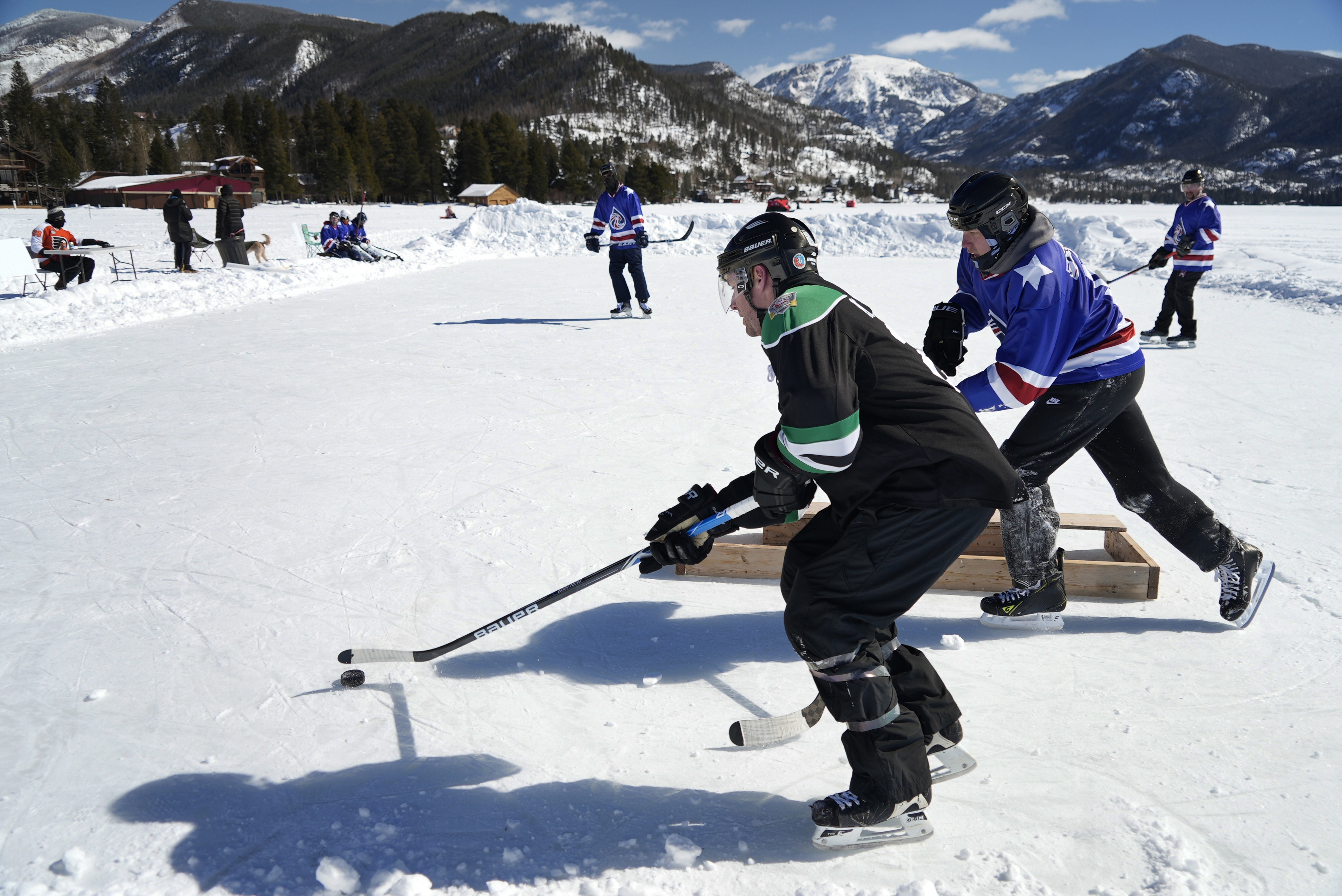BOOM!
Random loud booms aren’t entirely unheard of in New England, and one such loud noise was heard this Saturday evening in southeast New Hampshire and northeast Massachusetts.
Did you hear the boom?
In New England, we’re lucky to have a fairly sophisticated seismic network that picks up on even small earthquakes when they rattle our communities, but no such quake was recorded this weekend. So what was it that sent folks searching for the source of the rattling, explosion-type noise?
Our best guess is that it was a frost quake. Not at all uncommon in the Northeast – or anywhere else that sees the rapid arrival of cold air – frost quakes aren’t really earthquakes, but they do resemble them in the way they rattle those close enough to experience them.
What is a frost quake?
The setup for a frost quake, also known as a cryoseism, is this: soil is saturated from steady precipitation, sometimes including snowmelt, when rapid cooling of the air takes place as colder air surges in. In response to the rapid cooling of the air, the ground – usually already just a bit above freezing – cools quickly to below freezing, resulting in the water in the top several inches of the ground to freeze quickly.
What causes a frost quake?
We’ve all seen the property of water expanding when it freezes – filling the ice cube tray in the freezer is the classic example. If you fill the cube tray all the way, the ice will be protruding outside the tray when it forms.
Expansion of water as it freezes to ice is the key to frost quakes: the rapid expansion of water in the soil – lodged between dirt, in cracks of rocks or between rocks, etc. – causes a split in the ground. It's a small split, but one that forms rapidly and sends a booming noise echoing around it.
Where do frost quakes typically occur?
Anywhere we find these conditions met – rain saturating the ground, cold air rushing in and a lack of snow atop the ground that would otherwise insulate it from the rapid cooling – frost quakes can occur, including the Northern Tier of the United States.
The great news is these frost quakes almost never do damage, being rather shallow and lacking the power of actual earthquakes that form from shifting of plates deep within the ground. But cryoseisms certainly are rattling and, because they aren’t all too common, often leave many wondering what just rocked through the neighborhood.



